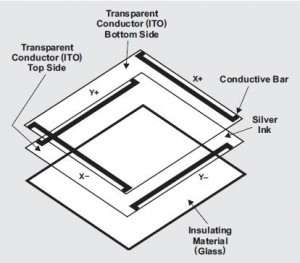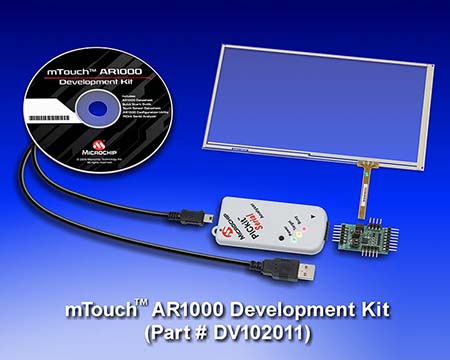This project explores the state-of-the-art for touch sensing and development kits from as many touch providers as I can get my hands on. As I engage with more touch providers, I have started to notice an interesting and initially non-obvious set of trade-offs that each company must make to support this project. On the one hand, vendors want to show how well their technology works and how easy it is to use. On the other hand, there are layers of complexity to using touch that means the touch supplier often offers significant engineering field support. Some of the suppliers I am negotiating with have kits they would love to demonstrate for technical reasons, but they are leery of exposing how much designers need domain expertise support to get the system going.
This is causing me to rethink how to highlight the kits. I originally thought I could lay out the good and the ugly from a purely technical perspective, but I am finding out that ugly is context relevant and more subtle than a brief log of working with a kit might justify. Take for example development tools that support 64-bit development hosts – or should I say the lack of such support. More than one touch-sensing supplier does or did not support 64-bit hosts immediately, and almost all of them are on the short schedule path to supporting 64-bit hosts.
As I encounter this lack of what appeared to be an obvious shortfall across more suppliers’ kits, I am beginning to understand that the touch-sensing suppliers have been possibly providing more hands-on support than I first imagined and that this was why they did not have a 64-bit port of their development tools immediately available. To encourage the continued openness of the suppliers, especially for the most exciting products that require the most field engineering support from the supplier, I will try to group common trade-offs that appear among different touch sensing implementations and discuss the context around those trade-offs from a more general engineering perspective rather than as a specific vendor kit issue.
By managing this project in this way, I hope to be able to explore and uncover more of the complexities of integrating touch sensing into your applications without scaring away the suppliers who are pushing the edges of technology from showing off their hottest stuff. If I do this correctly, you will gain a better understanding of how to quickly compare different offerings and identify which trade-offs make the most sense for the application you are trying to build.
[Editor's Note: This was originally posted on Low-Power Design]


